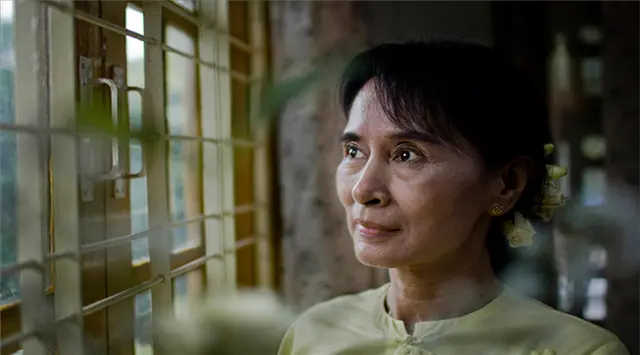For decades, Myanmar languished under a military junta, decried as a pariah state by the international community. Following a historic election last November, the country has moved closer to democracy – but the process of real reform has only just begun
It was a victory for the ages. After more than five decades of military rule, Myanmar was finally returned to civilian governance with the election last November of the National League for Democracy (NLD).
The party’s widely revered leader, Aung San Suu Kyi, had after a lengthy struggle that included 15 years under house arrest led her countrymen into a new era. Supporters flooded the streets of Yangon and other cities and towns across the country to celebrate the dawning of democracy. It was hailed as a momentous step forward for the country’s democratic movement.
But it was not only about the NLD finally taking office, a privilege denied to the party in 1990 when the military annulled its election victory and refused to hand over power. It was also about the military generals agreeing to release their ironclad grip on Myanmar – albeit with caveats including 25% guaranteed representation in parliament and control of the ministries of defence, home affairs and borders.
As with all beginnings, the transition of power was just the first step on the path to rejuvenating a country long cut off from the international community. Major challenges remained. One year on, Southeast Asia Globe takes at look at how the NLD government has dealt with some of the key issues it has faced, such as how to repatriate refugees from conflicts between the Myanmar Army and ethnic groups and the situation for minority Muslim Rohingyas in troubled Rakhine state.
We also examine whether the military-backed Union Solidarity and Development Party can transform into a meaningful opposition – a critical ingredient for the functioning of a parliamentary democracy.
(SEA-GLOBE)
 简体中文
简体中文

